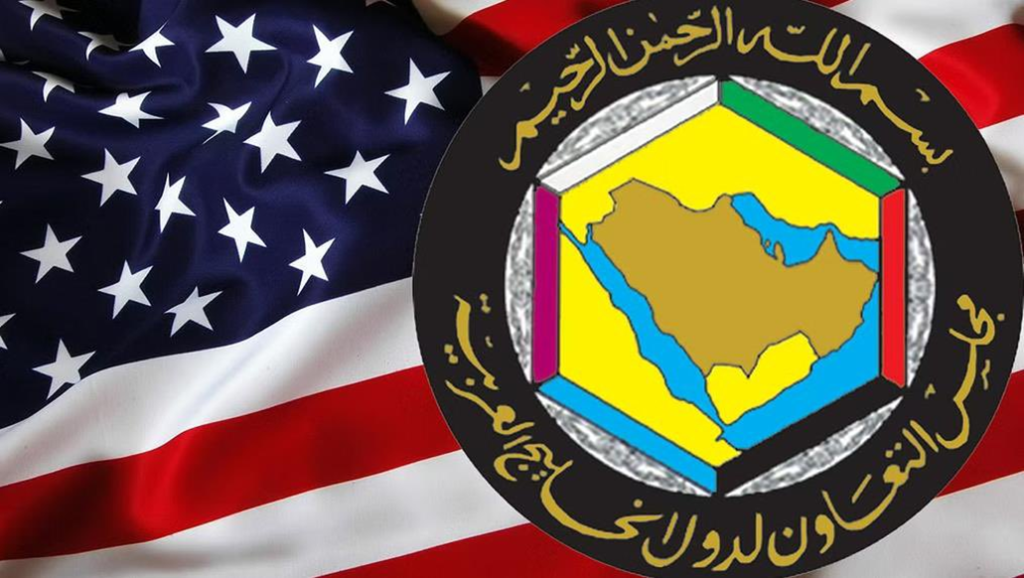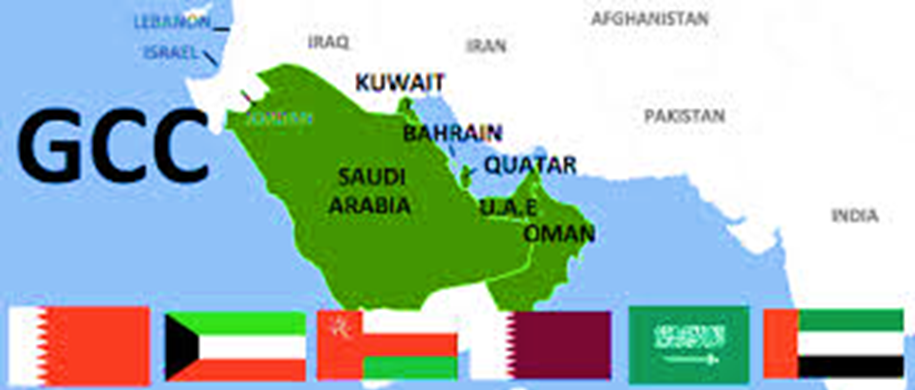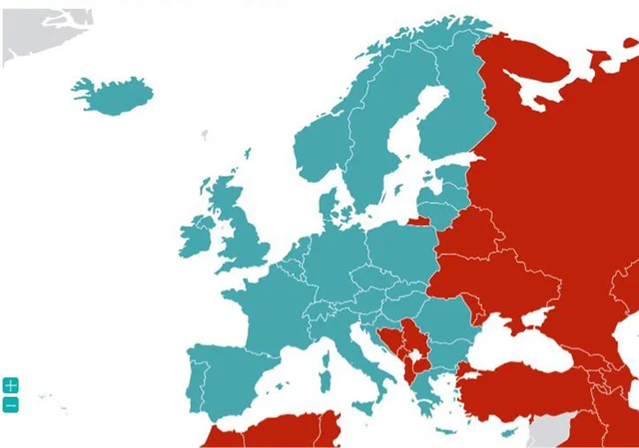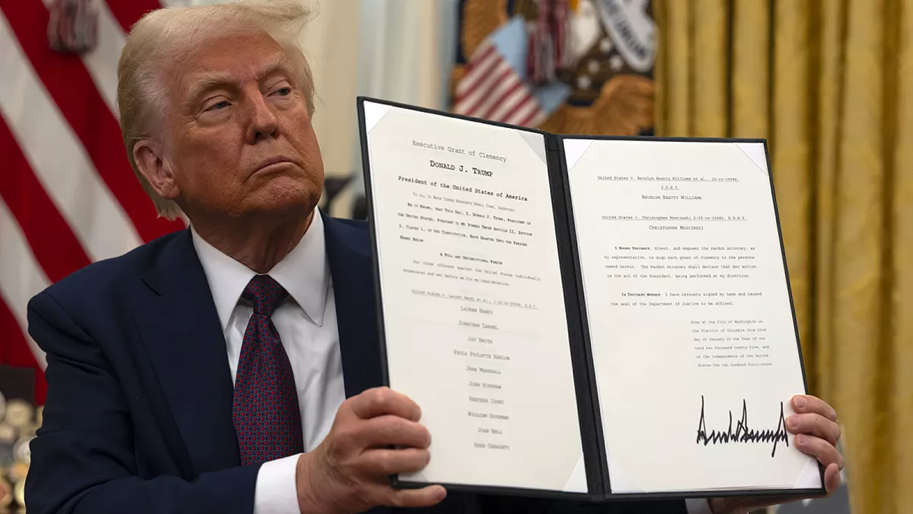Findings of the Reserve Bank of India’s (RBI’s) latest Remittances Survey released last month show a significant shift in India’s remittance sources. The Advanced Economies (AEs) — particularly the United States, the United Kingdom, Singapore, Canada, and Australia — together accounted for more than half the total remittances in 2023-24, overtaking the Gulf Cooperation Council (GCC) countries, which have traditionally contributed the largest share of remittances to India.
Why India Is Getting More Remittances From Advanced Economies
Why In News
- Findings of the Reserve Bank of India’s (RBI’s) latest Remittances Survey released last month show a significant shift in India’s remittance sources. The Advanced Economies (AEs) — particularly the United States, the United Kingdom, Singapore, Canada, and Australia — together accounted for more than half the total remittances in 2023-24, overtaking the Gulf Cooperation Council (GCC) countries, which have traditionally contributed the largest share of remittances to India.
- This shift allows India to further leverage remittances from Indians working abroad for development in the country. But it also raises important questions about the changing patterns of migration overseas, India’s economic policies, and the evolving nature of challenges faced by Indian workers abroad.
Remittances From The Gulf
- Historically, the six GCC nations — Saudi Arabia, the United Arab Emirates (UAE), Qatar, Oman, Bahrain, and Kuwait — have been the biggest contributors of remittances to India because of the large numbers of Indian workers employed in those countries. However, multiple factors have led to a decline in remittances from the Gulf.
- The economic downturn caused by the Covid-19 pandemic resulted in widespread job losses and salary cuts, reducing the disposable income available for remittances.
- Additionally, “nationalisation” policies — such as the Saudi Nationalisation Scheme or Nitaqat, also known as “Saudisation” — which prioritise local employment over foreign workers, have significantly decreased opportunities for Indian migrants.
- The share of the UAE in total remittances fell from 26.9% in 2016-17 to 19.2% in 2023-24, and that of Saudi Arabia and Kuwait fell from 11.6% to 6.7% and 6.5% to 3.9% respectively during this same period.
- The situation remains fluid, and a normalisation of economic affairs in the GCC countries could yet propel remittances inflows from the region.
And The Advanced Economies
- Remittances from the AEs have risen steadily in recent years. The US remains the largest contributor, accounting for 27.7% of total remittances in 2023-24. US remittances made up 22.9% of the total in 2016-17, and 23.4% in 2020-21.
- Between 2016-17 and 2023-24, the share of remittances from the UK, Canada, and Singapore rose from 3% to 10.8%, 3% to 3.8%, and 5.5% to 6.6% respectively.
- Although the number of Indian migrants in the US is smaller than in the GCC, they send higher per capita remittances due to higher wages (including a higher minimum wage) and the greater purchasing power of the US dollar.
- This pattern is also seen in other advanced economies such as Canada, the UK, Germany, and Australia, where Indian professionals earn significantly more than their counterparts in the Gulf.
- The increasing number of highly skilled Indian professionals in advanced economies, particularly in the STEM fields, finance, and healthcare, has contributed to higher remittance inflows. Our recent research on the India-Germany, India-Austria, and the India-Netherlands corridors supports this trend. We need more research on this.
Likely Trend Going Forward
- Remittances from AEs, especially the US, given the policies of the current administration, could increase even further.
- The harsh immigration policies of the Trump administration may make it harder to obtain green cards. A significant number of families are at risk of breaking apart due to children ageing out of dependent-visa status. The administration has taken the challenge to the President’s executive order ending birthright citizenship to the US Supreme Court.
- These policies could compel many to consider moving back to India, where they would be eligible for citizenship, if they are not already Indian citizens. In remittances terms, moving abroad involves draining resources from the source to the new host country. Returning to India would mean that considerable resources would find their way back to India in the form of remittances and other fixed assets.
- Even if many Indian migrants do not actually return, they may, faced with an unpredictable future, choose to send higher remittances to India rather than investing in the US. This would then reflect the behaviour of Indian workers in the Gulf, who have traditionally viewed themselves as temporary residents and prioritised sending money home over local investments.
- Globally, the rise of rightwing politics is leading to increasingly restrictive immigration policies in several AEs. This could make it more difficult for Indian migrants to secure permanent residency, and nudge them to spread out their financial risk by remitting larger sums home rather than committing to investments in their host countries.
Role Of Indian Students
- A significant factor in the rise of remittances from the AEs is the increasing number of Indian students pursuing higher education abroad.
- While studying, they contribute to remittance inflows through loan repayments. After graduating and obtaining jobs, they might send remittances back home to their families.
- However, an increasing number of Indian students have been encountering what may be described as wilful deskilling, in which highly educated graduates are compelled to accept low-skill jobs in retail, delivery services, or hospitality to qualify for permanent residency. Our research on Indian students in Canada and the UK, in addition to the results of the Kerala Migration Surveys, indicates this.
- This situation diminishes their long-term career prospects and restricts their capacity to send higher remittances. These students and young professionals are also especially vulnerable to abrupt changes in immigration policies, which could affect their earnings and remittance contributions further.
Way Forward On Remittances
- To maximise remittance inflows and improve the welfare of migrant workers, India must focus on skill harmonisation at the sending-country level.
- Keeping in mind individual liberties and choices, highly skilled workers must be supported for placement in roles that match their qualifications, while low-skilled workers should have access to appropriate opportunities without the risk of exploitation or forced deskilling.
- Addressing this issue will ensure that Indian migrants are able to fully utilise their skills and earn at their potential.
- Bilateral and multilateral mobility agreements can play an important role in regulating migration and protecting workers from underemployment. By proactively engaging with destination countries to establish such agreements, India can secure better opportunities for its workforce, while also ensuring a steady flow of remittances.





























